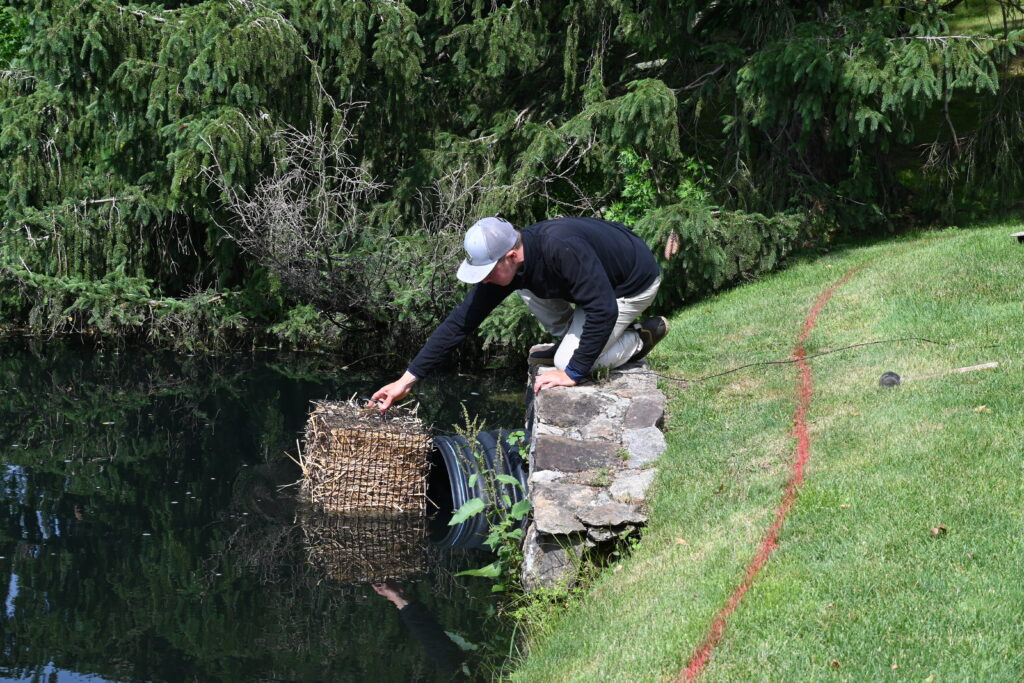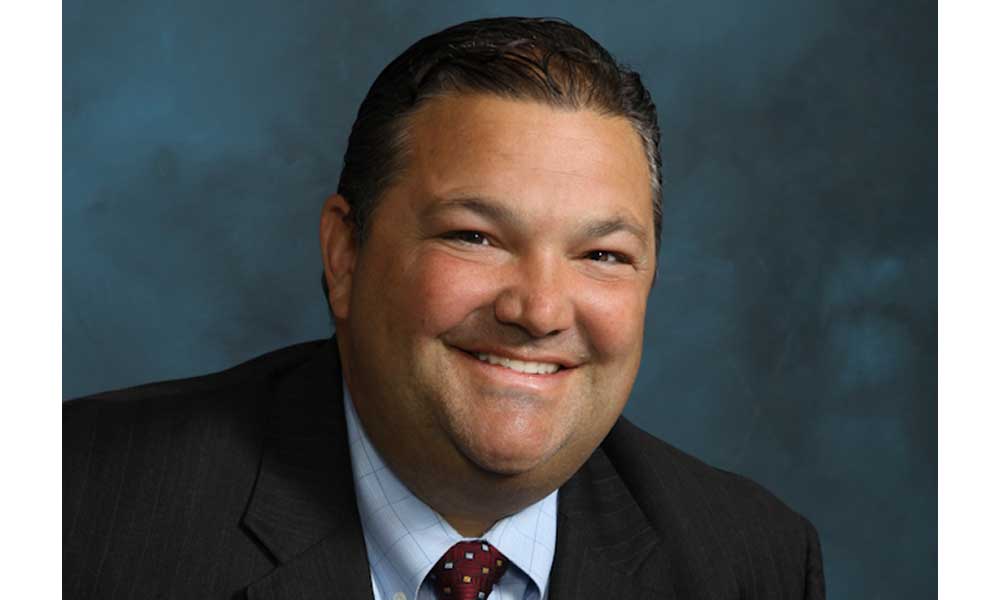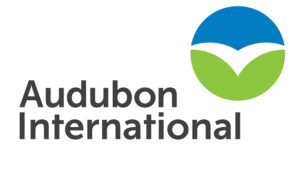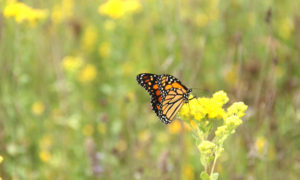1. What motivated Fairview Country Club to join the Audubon International Cooperative Sanctuary Program (ACSP) for Golf?
My green chairman was also a member of Collier’s Reserve in Naples, Florida. He became aware of the program from playing there. For myself, I had achieved ACSP certification at my previous position at The Edison Club in Rexford, NY. I have always been attracted to nature and the environment. You could say that is how I ended up pursuing becoming a golf course superintendent, originally.

2. What did it take to achieve ACSP certification – how long was the process and what steps were involved?
In all, it takes about two years to work through the program. There are a lot of things that you can take care of, paperwork-wise in your slow season or off season, but you need to have photos and examples of things that you need to accomplish during the season too, so it is the better part of two seasons to achieve this.
Related: GCT talks to Dennis Kitzelman Superintendent of Fremont Golf Club
3. What did it cost to earn certification all-in and what were the biggest expense items?
There is very little extra cost involved, if any. If you choose to do nesting boxes, for example, you could work with your local high school shop teacher and have boxes made by students and install them on the course. There may be some things to do around the shop to meet the requirements, such as a wash station upgrade. There are examples out there that do not cost a huge amount. You can get as creative as you want, and it is also a great way to educate your course officials on what you should be doing that could lead to you receiving the funds that are necessary.
4. What were / are the most challenging aspects of being certified and maintaining the standards required to achieve and retain that status?
I would say that just getting started may be the biggest hurdle. Most will find that they are already meeting many of the standards for ACSP certification already, and just simply documenting it is all you need to do in many cases.
Related: Audubon Cooperative Sanctuary Program for Golf Courses: More Relevant than Ever

5. What specific benefits are you reaping from being a Certified Member?
I think it can help you in your local community when it comes to permitting for a project. When we outlined what we did for ACSP certification to the Greenwich Wetlands Commission while obtaining permitting for a new irrigation system installation, the process couldn’t have gone smoother.
For our membership, they are proud and relieved that we protect the environment and enhance wildlife habitat and activity.
For our peers and industry leaders, we are looked at as environmental stewards and leaders, so that is also beneficial.
Last year, we were featured in Golf Digest for our environmental efforts. This was a huge boost for Fairview Country Club, and it all began with the Audubon program.
6. What would you share with other superintendents and course managers who are considering joining the Audubon International ACSP program?
I would say that it is definitely worth the effort. Like I mentioned earlier, many of the requirements are most likely already being done at your own facilities. You just have to document them. While working through the program, you will certainly pick up on some new things to try or change in your operation that will possibly even save your facility money.
7. What is the best guidance or tip(s) you have received pertaining to being a superintendent and overseeing the golf course agronomy/maintenance department? (And from whom?)
To stay organized and have a plan for everything.



























